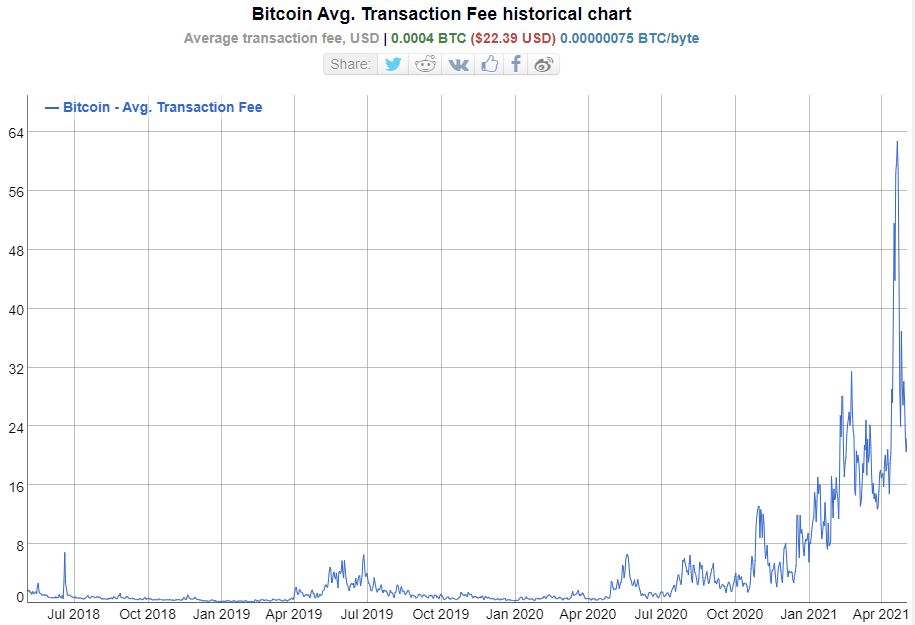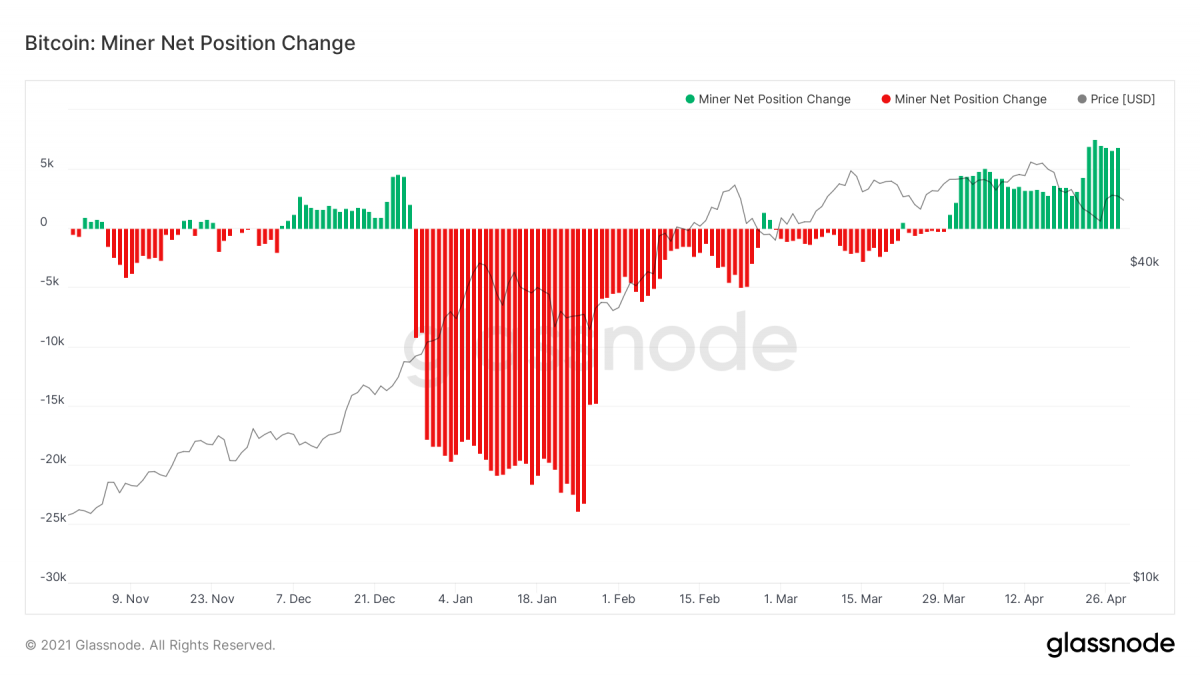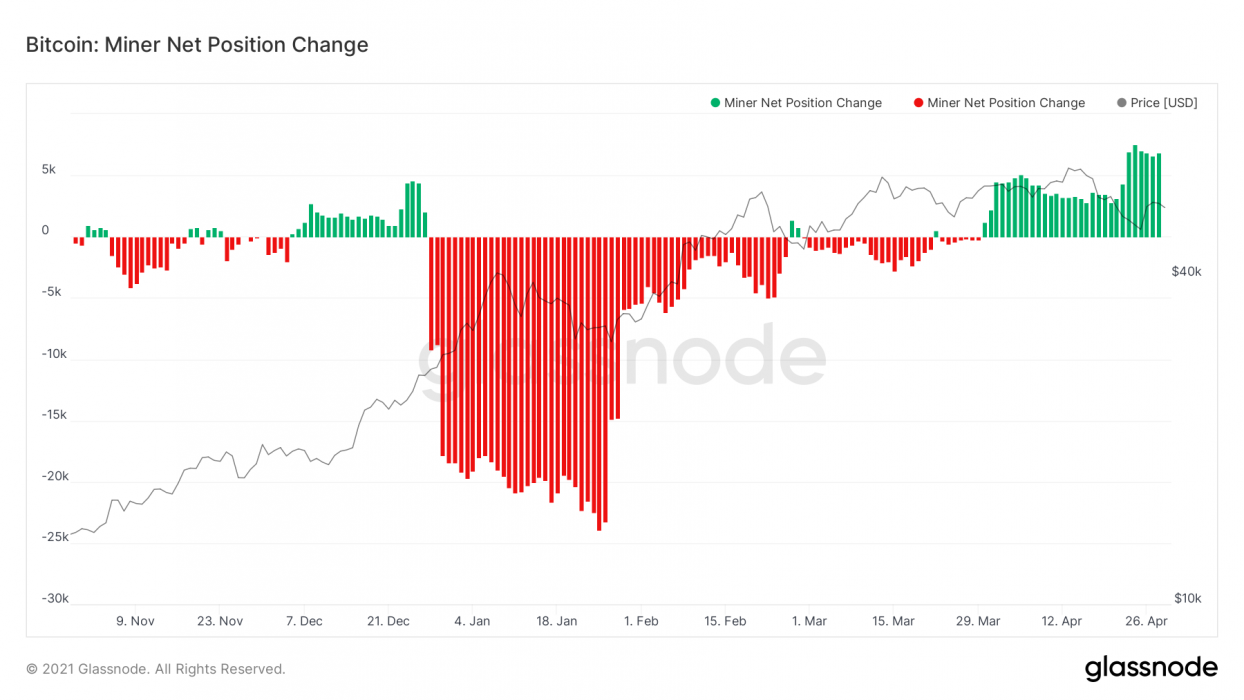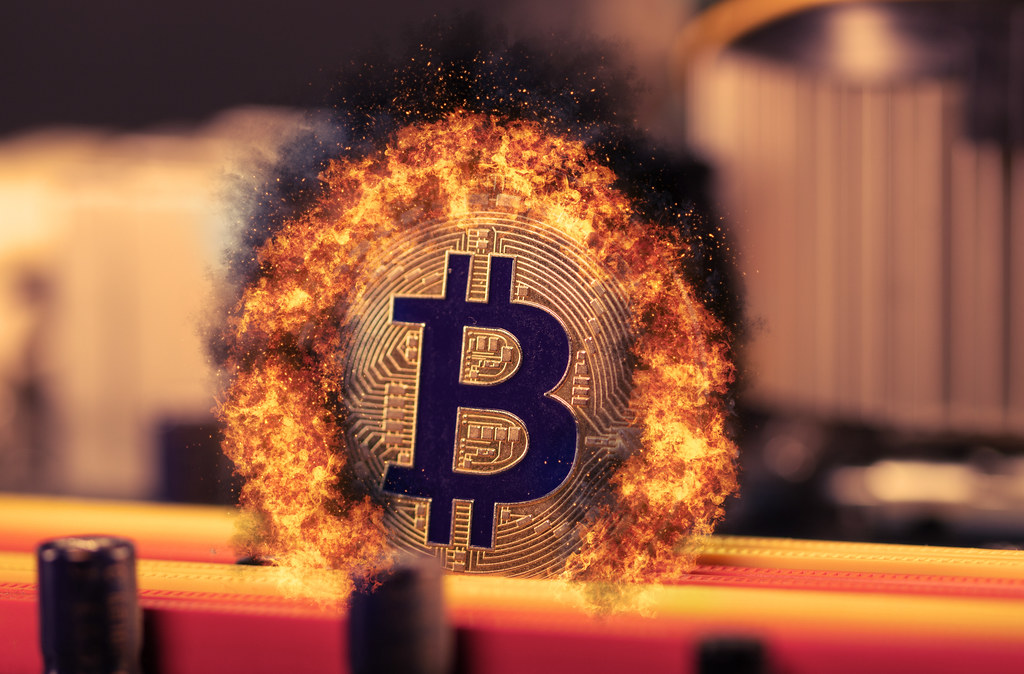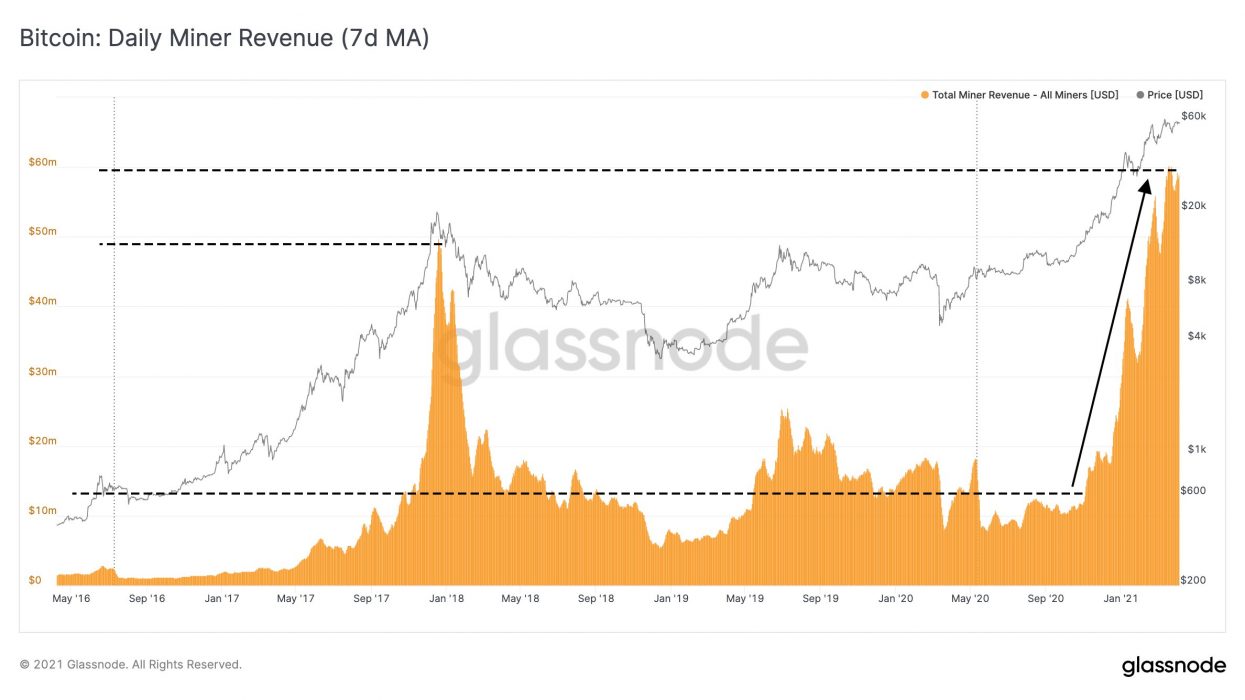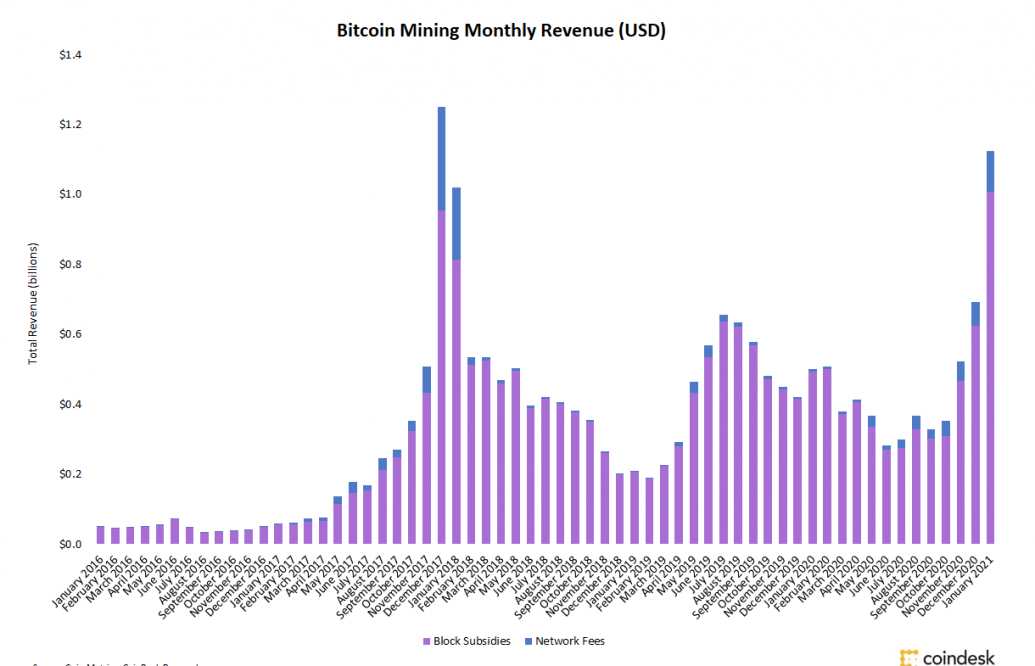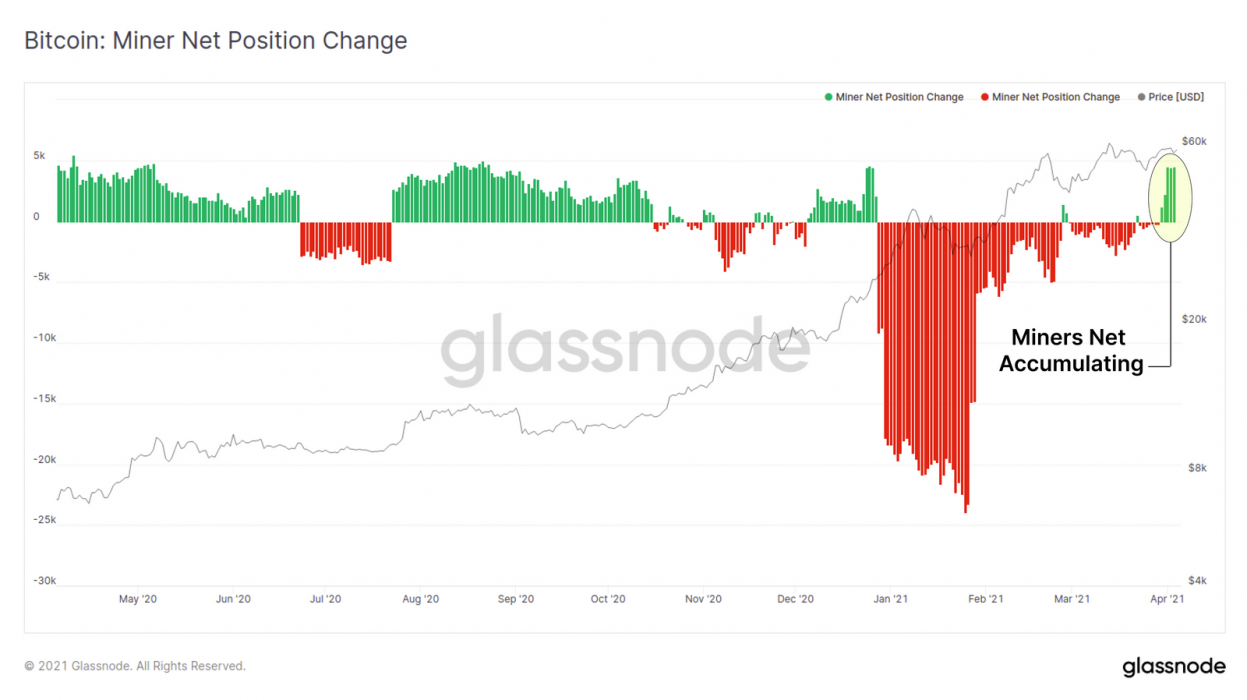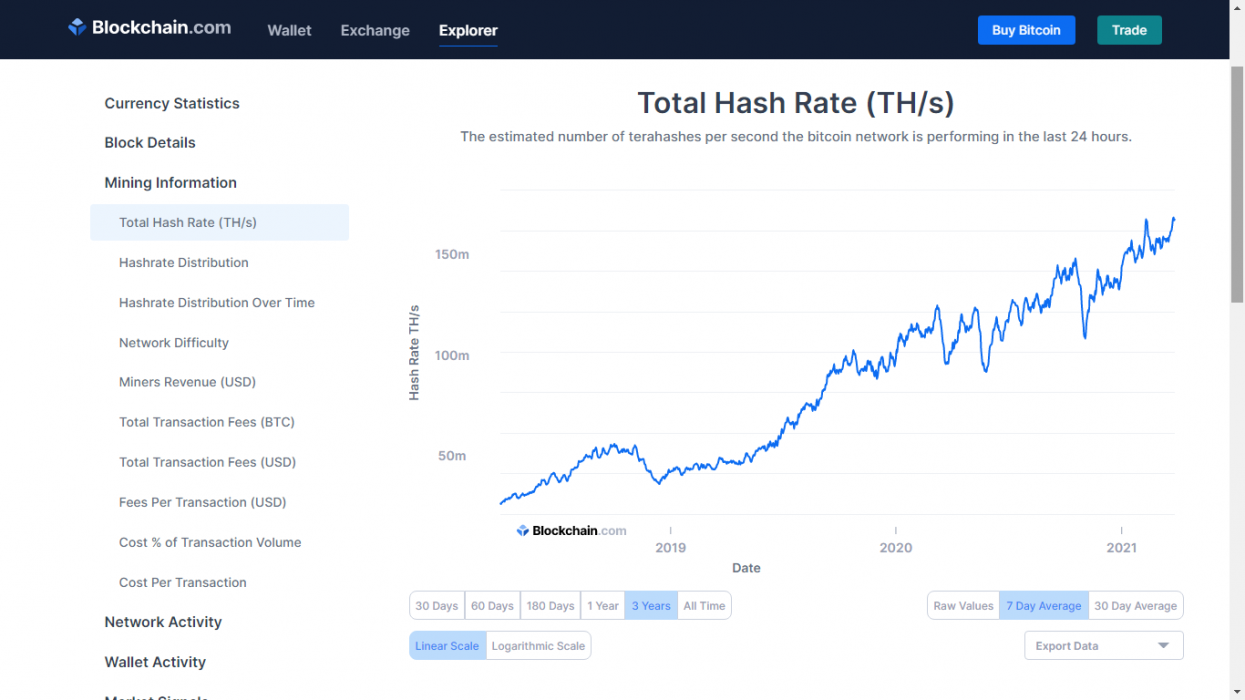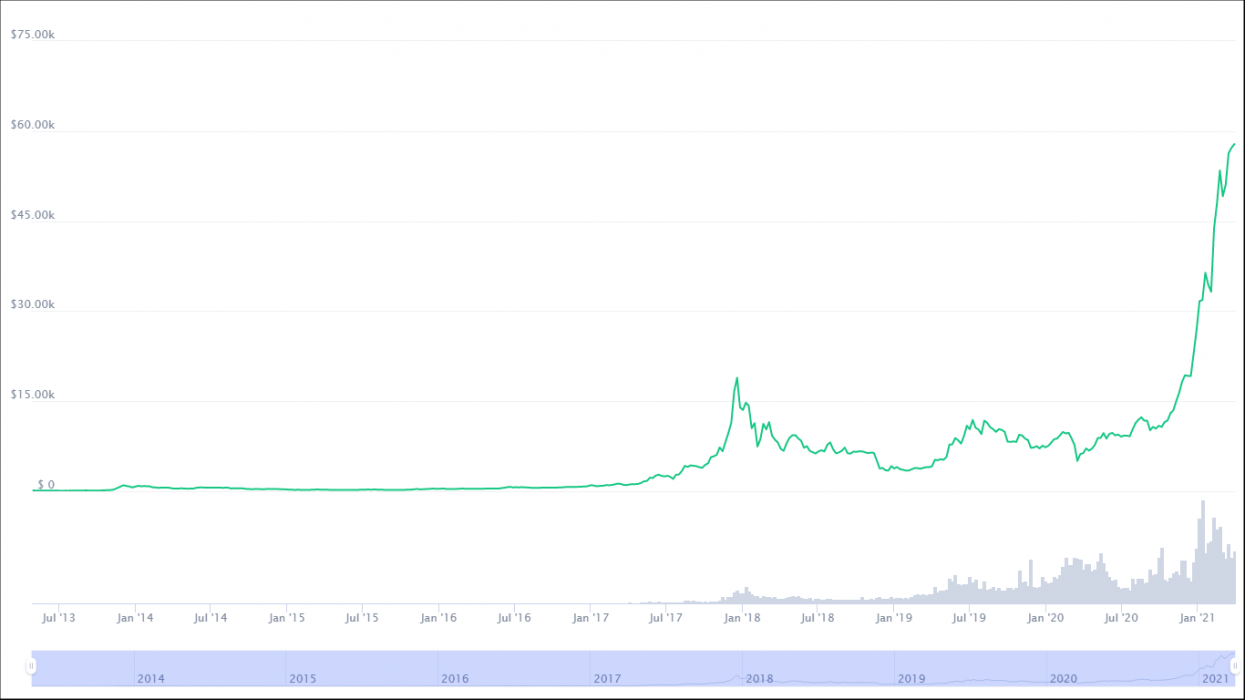The supply of Bitcoin available on exchanges has risen after a long slide that started more than one year ago.
Data from the blockchain analysis firm Glassnode shows that the balance of Bitcoins on exchanges has experienced a recovery to hit 2,461,801.581 BTC – the highest level in a month.
This rise comes after a supply decline that started in March 2020, when the total balance on exchanges soared to more than 3,000,000.
Over-The-Counter BTC supply decline
In a recent weekly report, Glassnode also found that the Bitcoin supply at Over-The-Counter (OTC) exchanges has declined to just 6,000. OTC desks allow investors to buy crypto without making orders on the public exchange and causing price disruptions.
The total balance held by the three OTC desks we track has continued to decline throughout 2021, reaching local lows of only 6k BTC this week. This suggests demand by larger buyers exceeds available supply at these OTC desks. Furthermore, this trend clearly commenced starting in Dec 2020 at which time miners were distributing heavily. This aligns with the strong growth in institutional interest in the asset as a macro scale investment.
Glassnode
In other words, Glassnode analysis suggests that institutional adoption of Bitcoin has increased, as confirmed by multiple banks and big companies getting involved in the crypto space.
What Does The Drop In Bitcoin Balance On Exchanges Mean?
It is hard to say exactly why the supply on all exchanges has been dropping. Investors may be holding onto their Bitcoins, which could mean that another bull run is on the way.
As previously discussed, it is also important to remember that the Bitcoin protocol include halvings, which by definition reduce the issuance of new coins.
All of the above factors could be linked to the price of Bitcoin (BTC) increasing over the same period to reach a price of around $65,000 AUD.
Post by Guest Author – Jasper Hamill





